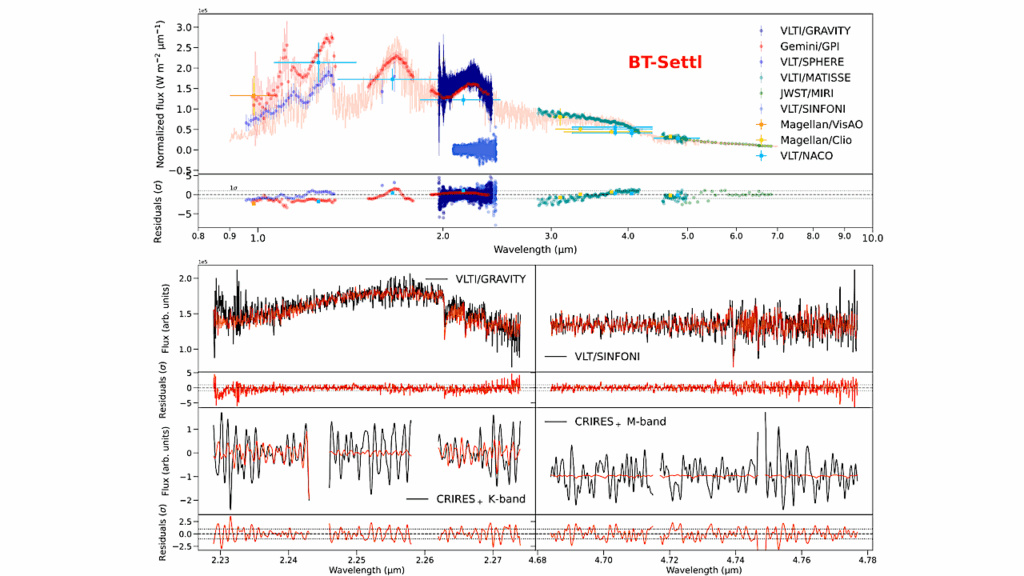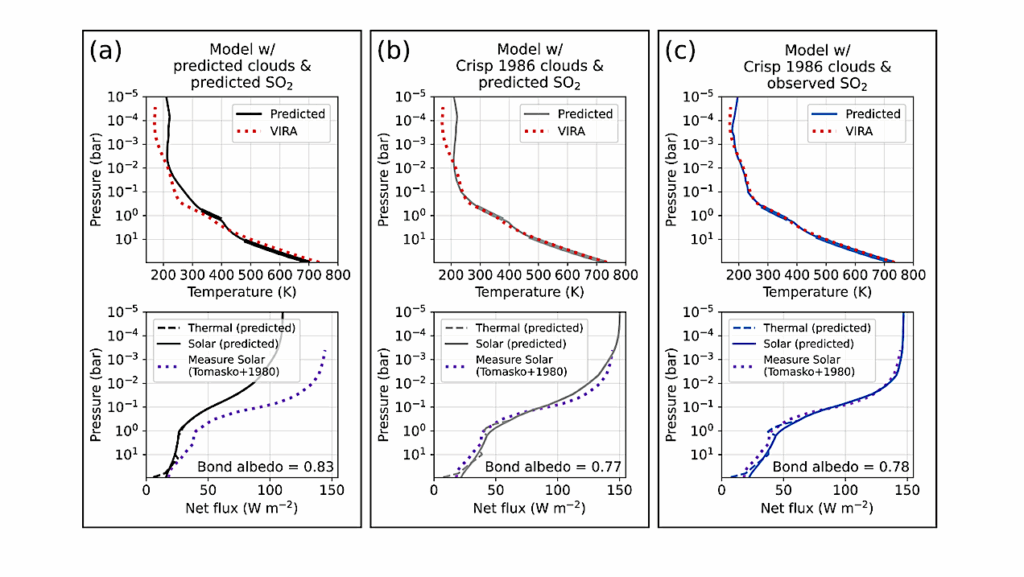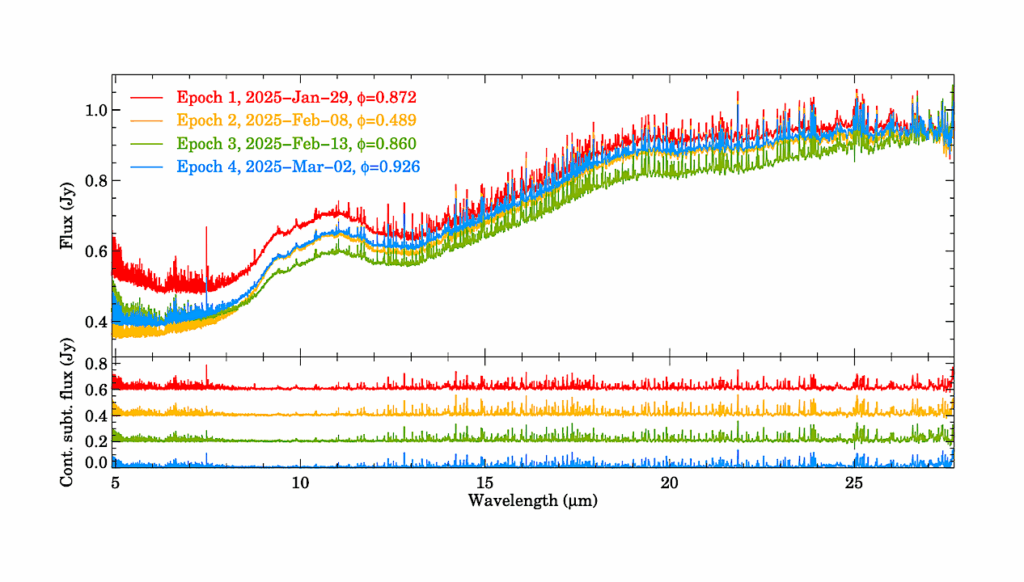Cyanobacterial Biomarkers in Ancient Rocks
Members of NAI’s Penn State, Carnegie Institution, and MIT teams report in a recent issue of Earth and Planetary Science Letters, the distribution of biomarkers in 2.72-2.56 billion-year-old, Neoarchean rocks from the Hamersley Province on the Pilbara Craton in Western Australia. Their observations are consistent with a cyanobacterial source for 2-methylhopanes, in which cyanobacteria were likely the cornerstone of microbial communities in shallow-water ecosystems providing molecular oxygen, fixed carbon, and possibly fixed nitrogen.
Their data, revealing relative abundances of 3-methylhopanes, but not 2-methylhopanes, strongly correlate to stable carbon isotopic composition of insoluble particulate organic matter (kerogen). The unanticipated nature of this relationship provides evidence for a shallow-water locus of carbon cycling through aerobic oxidation of methane and, coincidentally, a means to demonstrate biomarker syngenicity.
Source: NAI Newsletter








